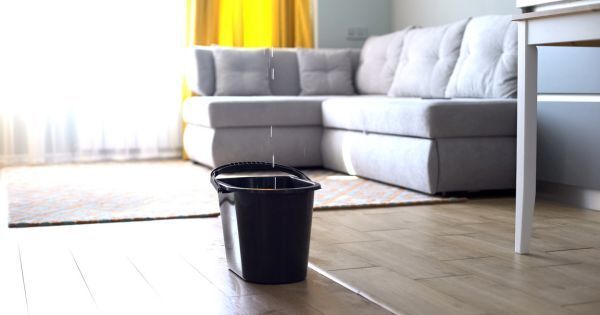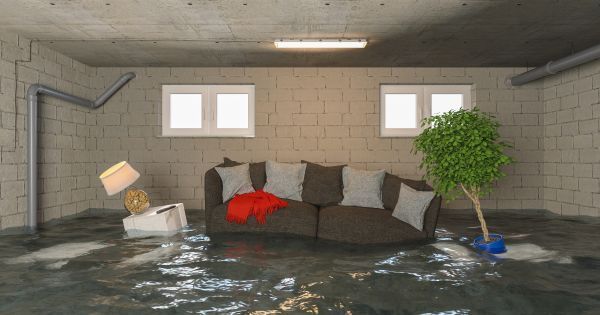
How Ice Dams Cause Water Damage
Much of Utah is located in a desert climate. However, when it does rain, often the terrain contributes to flooding, deep freezes and winter water damage and repairs. The roofs that protect our homes from wind, rain and snow can actually cause another expensive problem — ice dams. Since they typically damage the attic area first, by the time you realize there’s a problem, the damage has spread from the attic and into other areas of the home.
Water Damage Repair In Layton
How Ice Dams Form
Here in Layton, when outside air temperatures are in the low 20s for several days with several inches of snow on the roof, we are a risk for water damage and repairs from an ice dam. Since the temperature in your attic is above freezing, snow on the roof will likely melt. When the liquid then runs down the roof and hits the colder eaves, it refreezes.
If this cycle repeats over several days, the freezing snowmelt builds up and forms a dam of ice, behind which water pools up into large puddles, or “ponds.” As more snow melts, it also refreezes when it gets to the “ice dam,” and the dam keeps getting bigger. These puddles can then back up under the roof covering. This excessive buildup can also cause roof damage leading to a roof collapse or even carbon monoxide poisoning resulting from blocked chimneys and vents.
Prevention Tips
You use snow blowers and snow shovels after each winter snowfall to clear their driveways and sidewalks. The obvious tip is to remove the snow from your roof to prevent ice dams. Remove the first three to four inches of snow from your roofline; a foot or more of snow has the potential to cause your roof to collapse. Use a roof rake or a long-handled brush that can permit you to remove the snow without having to climb a ladder.
Insulate your attic; a well-insulated attic helps prevent the melt/freeze conditions by keeping the attic temperature lower. Installing additional insulation in the attic area is as easy as laying extra layers across the existing ones, or having more insulation blown in. Hire or consult a professional roofer or insulation contractor. Also, if you notice bare sections on your roof while the rest of the roof has snow, there may be insufficient insulation under the bare areas.
You should also inspect the weather-stripping and/or insulation on attic stairways or hatchways. Make sure it’s in good shape and seals well. This will help keep the warmth out of the attic area and prevent ice dams.
Ventilate And Improve Air Flow
Proper attic ventilation is key to a) keeping the attic cool and b) while keeping your house warm. Even with optimal insulation, there is still heat leakage into the attic. This is when the value of attic ventilation becomes apparent. Without adequate ventilation, heat will build up regardless of the amount of insulation. Inspect your attic to be sure that the existing vents have not been covered by insulation or other objects.
Bathroom fans, kitchen exhausts, and dryer vents must always discharge outside, not in the attic. Minimize ceiling mounted fixtures that create more holes in the drywall or plaster ceiling. Seal all ceiling penetrations including flues, chimneys, and recessed light fixtures.
Swift Restoration & Remodeling works with many insurance companies, contractors, public adjusters, and management companies for water damage and repairs. Call Swift Restoration & Remodeling to schedule services, request a quote, or to ask any questions you may have about our business or services.
More To Explore
Our Service Areas In Ogden
Swift Restoration and Remodeling offers services in residential and commercial restoration for the following cities:
Get A Free Estimate
By filling out the form below
NEED HELP WITH DISASTER RESTORATION?
GET A FREE QUOTE TODAY
We are IICRC certified and hire only the most trustworthy and dedicated team members to ensure that each job is taken seriously and handled with absolute professionalism.
FIND US
Swift Restoration and Remodeling
2900 Pennsylvania Ave, Unit C Ogden, UT 84401
Map
All Rights Reserved | Swift Restoration and Remodeling




